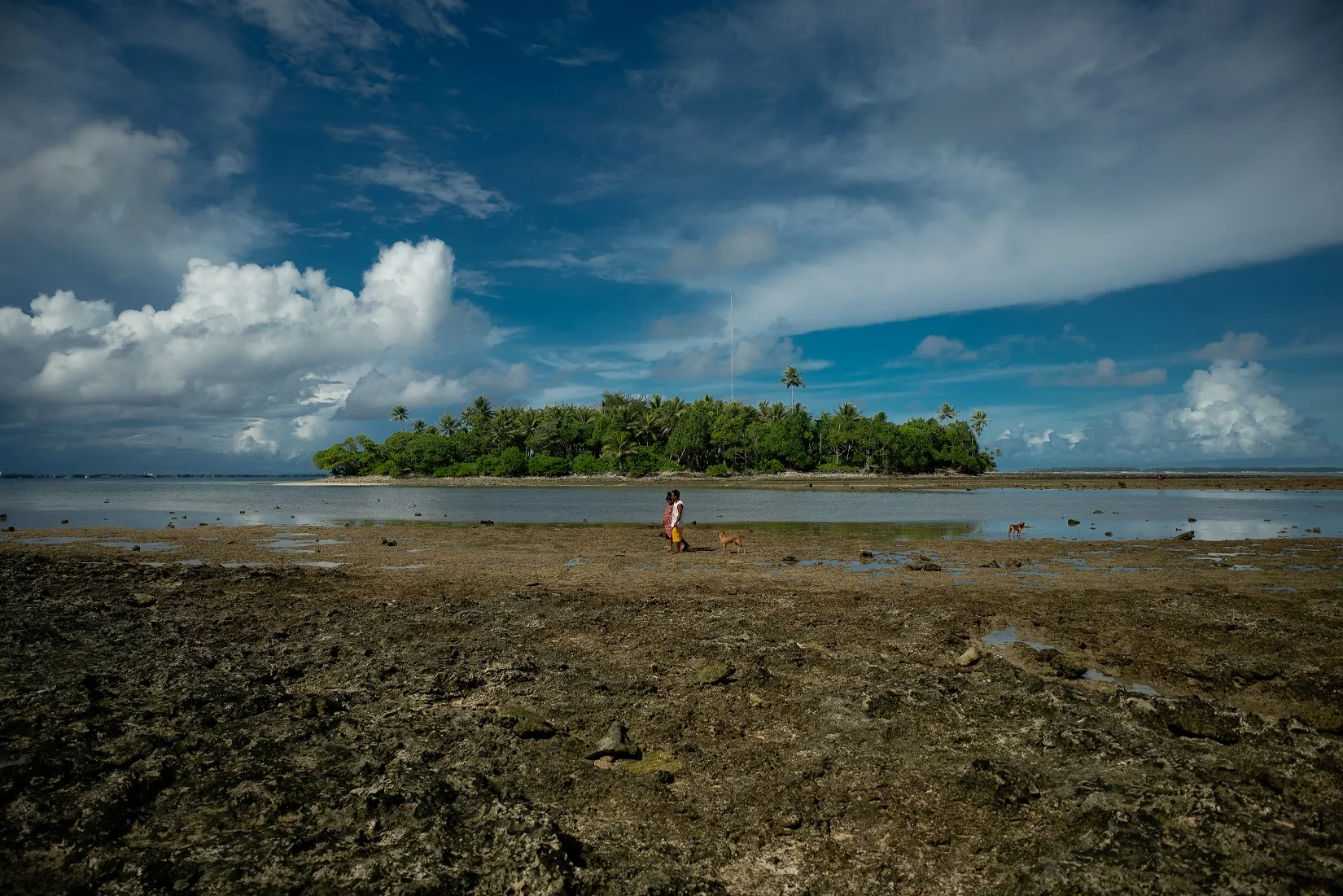Italy, my home away from home (or maybe just home, depending on the day!), is facing a big challenge. You know those super-hot summer days that just drain you? Well, it turns out they’re not just uncomfortable; they’re actually hitting our economy where it hurts and they are becoming more frequent. The extreme heat we’ve been experiencing isn’t just an environmental issue anymore; it’s a real economic force, and we need to talk about it. This week, Italy had over 20 cities with weather advisory (bollino rosso), due to its extreme high temperature.
It’s pretty eye-opening when you look at the numbers. Allianz Trade, a big name in credit insurance, estimates that Italy could actually see its GDP shrink by 1.2% by 2025 because of these extreme temperatures. That’s a significant chunk of the economy, and it shows just how vulnerable countries like ours are in the Mediterranean to these changing climate patterns. This isn’t just about the weather; it’s about our economic future.
Think about trying to get work done when it’s insanely hot it’s tough, right? That feeling of being less efficient, of just wanting to slow down, that’s what’s happening on a larger scale. When temperatures consistently climb past 32°C, it impacts productivity across so many sectors, especially for those working outdoors in agriculture, construction, or logistics. It’s like an “involuntary absence from work” that collectively impacts our national output.
And it’s not just about work. Our public services are feeling the heat too. Our healthcare system sees a noticeable rise in hospital visits for heat-related issues, dehydration, heatstroke, you name it. Caring for our most vulnerable, the elderly, kids, and outdoor workers, means extra costs for public administration that we haven’t always planned for. Then there’s the increasing need for emergency services, from dealing with wildfires, managing megadroughts, as well as dealing with infrastructure challenge. All of this puts a real squeeze on public budgets.
The ripple effects spread far and wide across everything that makes Italy tick. Our agricultural sector, for example, is grappling with droughts that mess with crop cycles and yields affecticting tomatoes, olive oil and wine production. That not only impacts farmers’ livelihoods but also affects food prices and our reliance on imports. And tourism, a cornerstone of our economy accounting for about 13% of GDP, can see shifts in visitor numbers, especially in our cultural cities hot spots such as Rome, Florence and Venice, as people understandably try to avoid the most intense heat. Even our energy bills are skyrocketing with the demand for air conditioning, putting a strain on our grids even as we push for a greener future.
So, how do we tackle this? It’s clear that these aren’t just one-off events; they’re part of a bigger trend, and we need to be ready. This is where big-picture thinking and strong international connections come in. When countries like the United States and Italy work together, it can really supercharge our efforts in innovation, clean technology, and making sure our investments are truly effective for Italy’s future.
Both nations have a shared goal: stable economies and pushing technological boundaries. By teaming up, we can look for ways to:
- Boost Investment in Innovation: Imagine jointly funding research into cutting-edge solutions for energy and water resilience – better energy storage, smarter farming techniques, or resilient infrastructure. This could mean shared projects, common research goals, and policies that make it easier for investments to flow into these crucial technologies.
- Lead the Way in Clean Tech: With all the expertise we have between us, a strong partnership can really accelerate how we develop and use clean energy solutions. We could share what works best in renewable energy, create joint ventures for manufacturing green components, or even build new industries around clean technologies. This could really put Italy at the forefront of clean tech, not just in Europe but globally.
- Allocate Capital Wisely: A solid partnership can help us ensure that our financial resources go to the projects that will have the biggest impact on climate adaptation and economic growth. Think about aligning investment strategies, sharing insights on market opportunities in the clean tech space, and bringing in the private sector to scale up sustainable initiatives.
Italy is already on the move, with our National Climate Change Adaptation Plan approved last December, packed with measures across different sectors. Plus, a big chunk of the EU’s Recovery and Resilience Plan funds are earmarked for Italy’s climate goals, supporting everything from grid upgrades to renewable energy. We even have a mandatory climate insurance law for companies now, backed by a state reinsurance fund.
As Italy navigates these changing climate realities, focusing on preparedness, smart investments, and strengthening our international ties will be absolutely key to keeping our economy strong and ensuring a vibrant future. By embracing innovation and energy efficiently technology through these partnerships, we can not only lessen the impact of a changing climate but also carve out exciting new paths for sustainable growth and prosperity.

